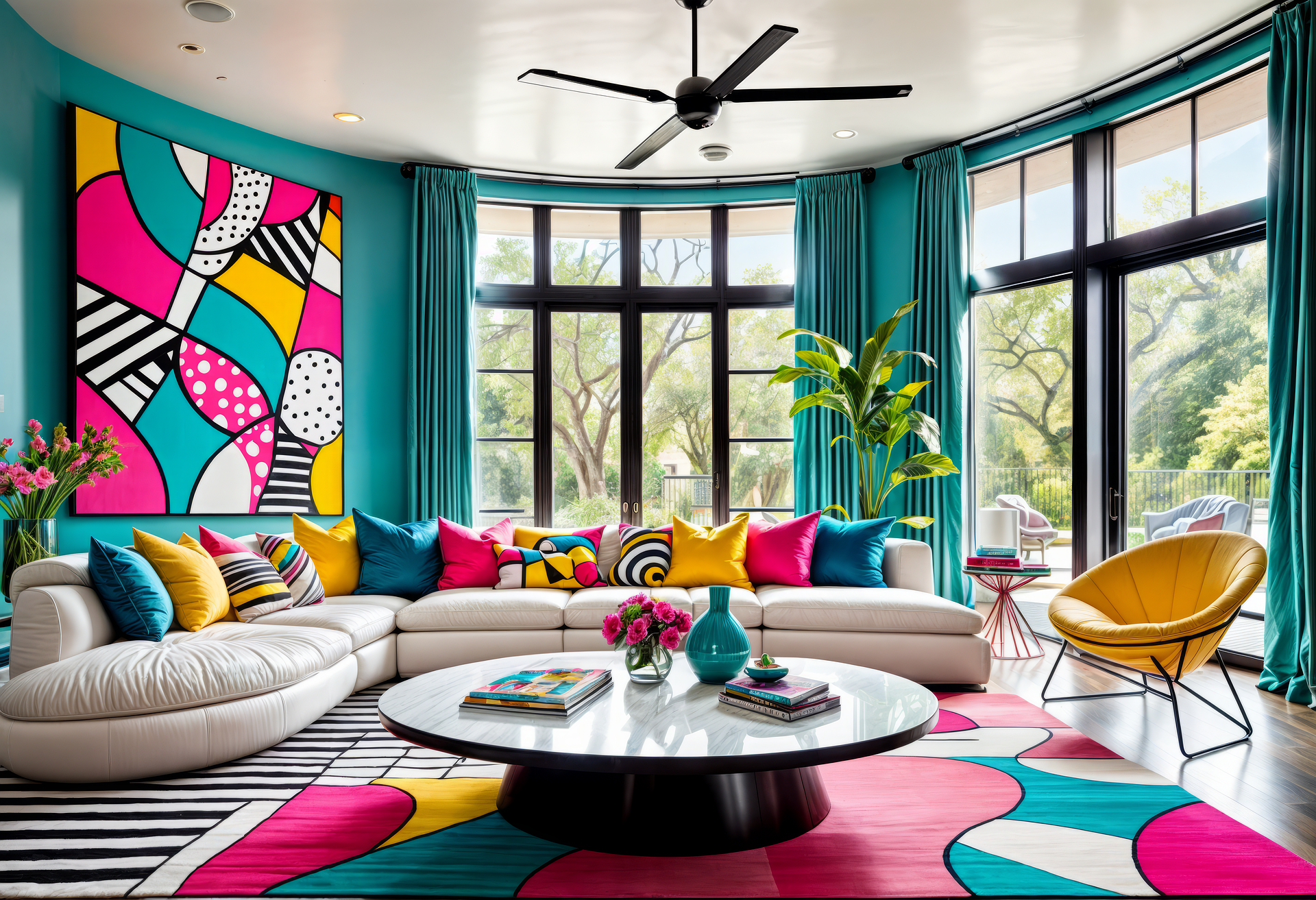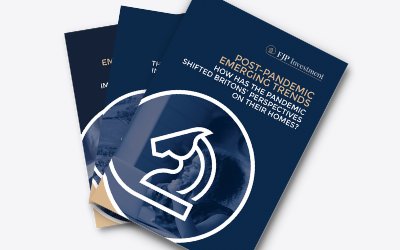Choosing the Right Conservatory
A conservatory is a bright, glass-enclosed room often built on the side or back of a house. Typically used as a space to relax and enjoy the outdoors without stepping outside, it’s a perfect way to connect with your garden without having to deal with unpredictable UK weather. These structures are characterised by large windows and transparent roofs, allowing for plenty of natural light to flood in. Conservatories have been around for centuries, initially used in stately homes to protect exotic plants and fruits during the colder months.
In recent times, they have evolved to serve more practical purposes. Whether used as a sunroom, a dining space, or even a home office, a conservatory can add both style and value to your property. But should you add one to your home? Is it the right investment? This article will dive deep into the ins and outs of conservatories and help you decide if this stylish addition is the right move for you.
What Is a Conservatory?
In simple terms, a conservatory is an additional room, typically attached to the rear or side of a house. Its defining feature is the extensive use of glass in the walls and roof, which creates a feeling of openness and allows for maximum sunlight to enter the space. Traditionally, these rooms were used to house plants, taking advantage of the greenhouse effect to create a warm and light-filled environment. Today, they’ve evolved into multi-purpose spaces that are both practical and elegant.
Most UK homes that have conservatories enjoy them as a sort of intermediary space, allowing the household to embrace the garden while being sheltered from the elements. Depending on the structure and the quality of insulation, some conservatories can be used all year round, while others may only be practical during the warmer months. Materials typically used include uPVC, aluminium, and timber, while double-glazing is standard to keep the temperature comfortable.
Though historically associated with the upper class and large estate homes, conservatories have become more affordable and popular in modern times. Many homeowners now choose to install one as an alternative to a traditional brick-and-mortar extension.
Types of Conservatories: Which One Is Best for You?
Not all conservatories are created equal. There are several distinct styles available, each with its unique charm and practical considerations. Let’s explore the most common types you’ll find in the UK market.
- Victorian Conservatory
This is the most traditional style and one that exudes an old-world charm. Victorian conservatories are typically characterised by their bay front, pitched roof, and ornate detailing. They are ideal for period properties but can also add a touch of elegance to more modern homes. - Edwardian Conservatory
A close cousin of the Victorian style, the Edwardian conservatory features a more straightforward design with clean lines and a rectangular or square floor plan. Its simplicity allows for maximum use of space, making it a practical choice for those who want a more functional room without compromising on aesthetics. - Lean-To Conservatory
Often referred to as a “sunroom,” this is the simplest and most affordable type of conservatory. A lean-to conservatory is characterised by its sloped roof and minimalist design. It’s perfect for homes with limited space or where you want a more contemporary look. - P-Shaped Conservatory
For those with a little more room to spare, a P-shaped conservatory offers a versatile solution by combining a lean-to with a Victorian or Edwardian section. This allows for two separate spaces, one that could be used for dining and another for lounging. - Orangery
More substantial than a standard conservatory, orangeries feature more brickwork and less glass, giving them the look and feel of a traditional extension while still offering a bright and airy atmosphere. They are often a more expensive option but can add a level of grandeur to your home that other types cannot. - Gable-Fronted Conservatory
Gable-fronted conservatories are defined by their high, steeped roofs that give them a grand, imposing presence. They offer a cathedral-like atmosphere inside due to the increased height, making the room feel even more spacious. Ideal for those looking to make a statement.
Pros and Cons of Adding a Conservatory
Like any significant home improvement project, adding a conservatory comes with its own set of pros and cons. While they offer undeniable benefits, it’s important to consider the potential drawbacks to ensure it’s the right investment for your property.
Pros:
- More Space
The most obvious benefit is the extra space you’ll gain. Whether you need a quiet reading room, a play area for the kids, or a light-filled home office, a conservatory offers versatile room options that can meet your needs. - Increase in Property Value
Adding a well-designed conservatory can potentially increase your home’s market value. As Jamie Johnson, CEO of FJP Investment, puts it: “A high-quality conservatory can add significant value to a property, making it an attractive feature for potential buyers, especially if it blends seamlessly with the home’s existing architecture.” - Connection to the Outdoors
A conservatory provides the perfect balance between indoor comfort and outdoor beauty. You can enjoy the views of your garden no matter the season, and with the unpredictable UK weather, it’s nice to have a space where you can feel like you’re outside while staying warm and dry.
Cons:
- Can Be Too Hot or Too Cold
Temperature control can be a major issue. Many conservatories, especially those with older designs, can become unbearably hot in the summer and freezing in the winter. This can limit the room’s usability unless you invest in proper insulation, heating, and ventilation solutions. - Maintenance Costs
Conservatories are more fragile than traditional brick structures. The large amounts of glass mean you’ll have to deal with regular cleaning and maintenance. Over time, seals can break, causing draughts or leaks, which could lead to additional repair costs. - Potential Planning Permission Issues
Depending on the size and design of your conservatory, you may need to apply for planning permission. This is especially true if you live in a listed building or conservation area. Be sure to check local planning regulations before starting your project.
How Much Does a Conservatory Cost?
The cost of building a conservatory can vary significantly based on the size, materials, and style you choose. Here’s a general breakdown to give you a rough idea of what you might expect to pay:
- Size of the Conservatory
A small lean-to conservatory could cost as little as £5,000, while a larger, more complex design like a Victorian or gable-fronted conservatory could set you back upwards of £30,000. - Material Choices
uPVC is the most affordable material option, but it may not have the same longevity or aesthetic appeal as aluminium or timber. For example, timber conservatories can look stunning, but they require more maintenance and are usually more expensive. Aluminium offers a sleek, modern look and is durable but will also be on the pricier side. - Glazing Options
Double or triple-glazed windows are essential for ensuring that your conservatory is energy-efficient. These will increase the upfront cost but will save you money on heating in the long run. - Heating and Insulation
If you plan to use your conservatory year-round, you’ll need to invest in proper heating and insulation. Underfloor heating, high-performance glass, and roof blinds can all add to the overall cost but are worth considering for comfort.
Should You Invest in a Conservatory?
So, should you take the plunge and invest in a conservatory? The answer ultimately depends on your lifestyle, budget, and long-term goals for your home. If you’re looking for an affordable way to add extra space and enjoy your garden, a conservatory can be an excellent solution.
However, if you want something that you can use all year round and are concerned about energy efficiency, it’s crucial to budget for proper insulation and heating. In that case, an orangery or a brick-and-glass extension may be more suitable, though it will come at a higher cost.
For property investors, the return on investment (ROI) can also be attractive. Homes with well-designed conservatories often appeal to buyers looking for more living space without the hassle of a major renovation. However, it’s essential to ensure that the design of your conservatory complements the style of your property and doesn’t feel like an afterthought.
The Perfect Addition?
A conservatory is more than just an extra room. It’s a space where you can relax, entertain, and enjoy the beauty of the outdoors—without having to brave the elements. But as with any significant home improvement project, it’s important to weigh the costs and benefits carefully. By considering your budget, the style of your home, and how you plan to use the space, you can decide whether a conservatory is the right addition to your home.
At the end of the day, if you value extra space, a connection to nature, and potentially increasing your home’s value, a conservatory could be the perfect investment for your home.
ARE YOU READY TO START INVESTING?
Subscribe to our mailing list now for exclusive deals, investment guides and the latest information from the property market.







